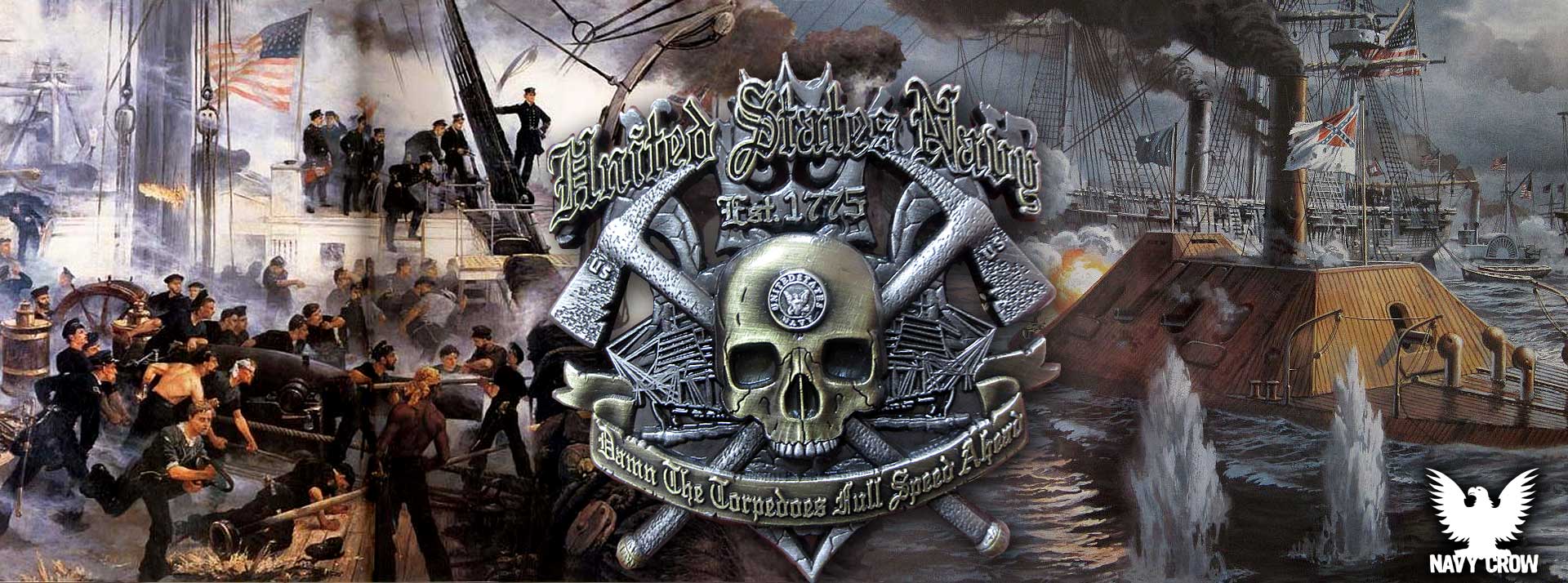In recent years, there has been growing attention and concern over the rapid expansion of the Chinese navy. With a significant increase in both the number of vessels and advanced capabilities, some view this expansion as a potential threat to global security. However, it is crucial to take a balanced perspective and understand why the size of the Chinese navy should not be an immediate cause for concern. In this blog post, we will explore several key factors that mitigate concerns about the growing Chinese naval power.
- Defensive Nature of the Chinese Navy:
While the Chinese navy has undoubtedly expanded its fleet and capabilities, it is important to recognize that its primary focus remains defensive in nature. China has consistently emphasized that its naval buildup is aimed at safeguarding its territorial integrity, securing its vital sea lines of communication, and protecting its growing global interests. This defensive orientation suggests that the Chinese navy’s objective is to ensure its national security rather than project power aggressively beyond its borders.
- Regional Context and Balance of Power:
Assessing the Chinese navy’s size and capabilities should be done within the context of the broader regional dynamics and the balance of power in the Indo-Pacific region. The United States Navy, along with its allies and partners, maintains a significant naval presence in the region, acting as a counterbalance to any potential threat. This existing balance of power serves as a stabilizing force and helps prevent the Chinese navy from becoming a dominant and uncontested force.

- Limited Power Projection Capabilities:
While the Chinese navy has made strides in modernizing its fleet, it still faces certain limitations in terms of power projection capabilities compared to more established naval powers. China’s focus has largely been on building a blue-water navy capable of operating closer to its shores and protecting its regional interests. Extending power projection capabilities beyond its immediate sphere of influence presents logistical and operational challenges that will take time to overcome.
- Global Maritime Interdependence:
The interconnected nature of the global economy and maritime trade incentivizes cooperation and peaceful coexistence among nations. As a major player in the global economy, China recognizes the importance of maintaining stable and open sea lanes for the uninterrupted flow of goods and energy resources. Disrupting global trade would harm not only China’s own economic interests but also those of the international community. Therefore, China has a vested interest in upholding a peaceful maritime environment.
- Diplomatic Channels and Conflict Resolution:
International relations are built on diplomatic engagement and multilateral cooperation. Rather than resorting to military confrontation, nations, including China, understand the significance of diplomatic channels and peaceful conflict resolution mechanisms. Dialogue and negotiation play crucial roles in managing tensions and addressing concerns. This diplomatic approach mitigates the potential for conflicts and ensures that disputes are resolved through peaceful means.
Conclusion:
While the growth of the Chinese navy has caught the attention of the international community, it is essential to view it in a broader context and avoid unnecessary alarmism. The Chinese navy’s expansion aligns with its defensive objectives, maintaining a regional balance of power, and protecting its national security interests. The global maritime environment thrives on cooperation, interdependence, and diplomacy, all of which provide a solid foundation for peaceful coexistence among nations.






